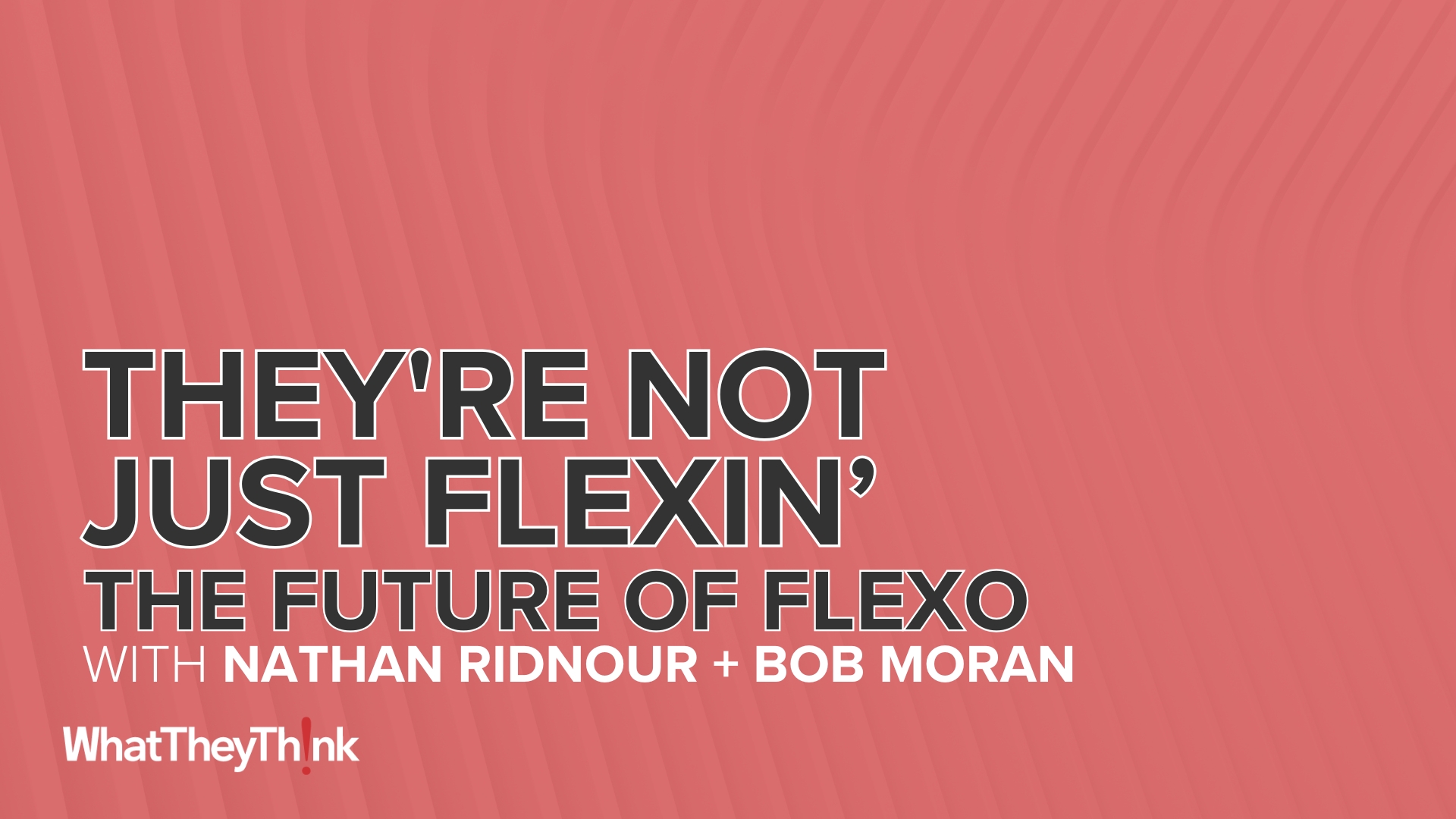We’re always trying to look at things—trends, technology, etc.—from a historical perspective. We try to compare new phenomena to older phenomena that we understand. That’s normal. History is cyclical, isn’t it? Didn’t George Santayana famously say, “Those who do not remember the past are condemned to repeat it”? These things may be true to an extent, but there is a danger in relying too heavily on history when looking at an industry or a company.
That is, many of the decisions that print business owners and executives make are based on what we call a “rear-view mirror” strategy, from hiring personnel, to buying equipment, to planning their overall business.
Remembering the past is a lot different than learning fromthe past. The past tells us that many industries disparaged new approaches to their detriment, but that disparagement has an undercurrent of saying “you’re stupid” to the adopters of the new approaches—and ends up creating a myopic and insular nature to many businesses and their boardrooms. This means there’s a rear-view mirror at every seat in a boardroom—and no windows.
Combine that with a new and almost unbelievable wave of communications technology adoption that will play out these next five years, and you get a decrease in relevance that is ominous for the future of many businesses and careers.
In contrast, we are going to propose an alternative that we call the “This Point Forward” approach—hence the name of the book that Dr. Joe and I recently published, and from which this new series of blogposts—of which this is the first—has been adapted.
The “This Point Forward” strategic actions like hiring, capital investment, and business planning are all implemented from the perspective of the near-future. What actions can a print business take today that will allow it to be (or remain) relevant in 2018, 2020, and beyond. This is necessary because it’s not just technology that changes, but also marketplaces, and, in fact, individuals. The customers that print businesses have (or, as is more often the case, don’t have) are print buyers and marketing executives who are under the age of 35—even under 30. Printing as an industry and print as a medium simply have little or no relevance in their lives. Maybe in their personal lives—a little bit—but seldom in their business lives. Print is about as relevant to them as the 8-track tape, which isn’t even nostalgic for them since today’s 30-year-olds are a generation removed from the 8-track.
Even more recent technologies are irrelevant. Most of us over 40 remember the Sony Walkman. We may even still have one. Back in the day, it fundamentally changed how we listened to music. There could be no iPod if there had been no Walkman, but few people under 25 likely have any idea what a Walkman is.
Meanwhile, the forces that have been changing our culture, our society, and the printing industry are unlike any we have seen in our lifetime—or anyone’s lifetime arguably since Gutenberg, or at least since the Industrial Revolution.
It’s not just that younger people today have less of a connection to (or interest in) the past than probably any previous generation, it’s that we have fundamentally changed as a culture. And marketing has fundamentally changed as a process.
We will explore these issues and more in the posts to follow.














